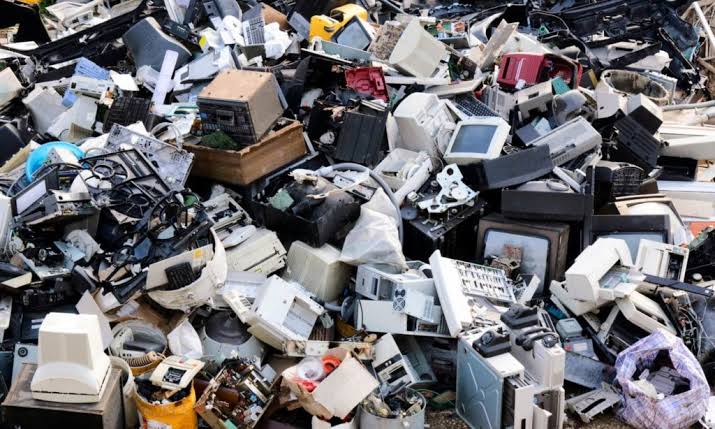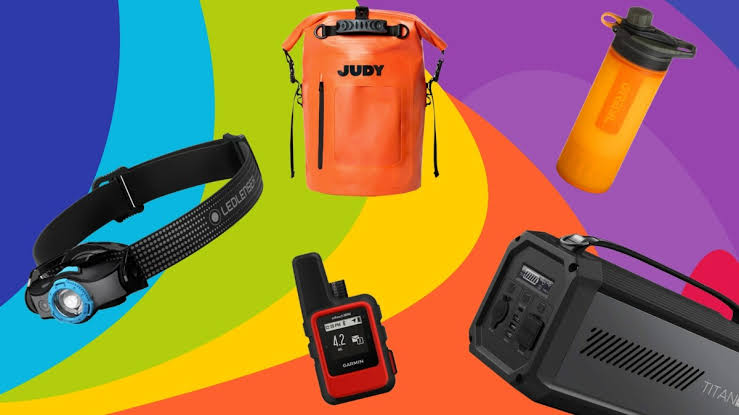In recent years, the role of technology in supporting environmental conservation efforts has grown significantly. Gadgets designed with eco-friendly purposes in mind are helping individuals, businesses, and governments reduce their environmental footprint. From smart home devices to renewable energy-powered tools, these innovations contribute to resource efficiency and promote sustainable living.
Reducing Energy Consumption Through Smart Devices
Smart gadgets like programmable thermostats, energy-efficient lighting systems, and automated appliances help conserve energy by monitoring and controlling usage patterns. For instance, smart thermostats adjust heating and cooling systems based on occupancy and weather conditions, ensuring energy is not wasted. Similarly, LED smart bulbs consume less power while offering long lifespans, reducing the need for frequent replacements.
These devices not only lower electricity bills but also contribute to reduced greenhouse gas emissions, making them valuable tools in climate change mitigation.
Promoting Sustainable Transportation
Technological gadgets such as GPS-enabled bike trackers, electric scooter systems, and ride-sharing apps encourage greener transportation options. Electric vehicle (EV) charging stations with smart monitoring capabilities help drivers optimize charging times and use renewable energy sources.
By reducing reliance on fossil fuel-powered transportation, these innovations help cut down carbon emissions and support cleaner urban environments.
Enhancing Waste Management
Waste tracking gadgets and smart recycling bins are transforming waste management practices. Devices equipped with sensors can detect fill levels in bins and alert waste collection services when needed, minimizing unnecessary trips and saving fuel.
Additionally, smart composting gadgets allow households and restaurants to process food waste efficiently, converting it into nutrient-rich compost rather than contributing to landfill waste.
Supporting Renewable Energy Integration
Solar-powered gadgets such as outdoor lighting systems, water pumps, and portable chargers promote the use of renewable energy. Smart inverters and energy storage systems allow homeowners and businesses to manage and store solar power for later use, reducing dependence on the traditional power grid.
By integrating renewable sources into daily energy use, these technologies help reduce carbon footprints and support sustainable energy goals.
Encouraging Water Conservation
Smart water monitoring systems and leak detection gadgets help prevent water wastage. These devices track water usage in real time and send alerts when unusual patterns indicate leaks or excessive consumption. Automated irrigation systems also adjust watering schedules based on weather data, ensuring plants receive only the water they need.
Such technologies are vital for conserving water resources, especially in regions facing drought or water scarcity challenges.
Educating and Raising Environmental Awareness
Many gadgets are designed to inform and engage users about environmental issues. Portable air quality monitors, for example, give real-time data on pollution levels, encouraging individuals to make informed decisions about outdoor activities or transportation choices.
Similarly, apps connected to environmental gadgets provide tips and statistics on energy savings, recycling habits, and carbon reduction efforts, fostering a culture of sustainability.
Conclusion
The impact of gadgets on environmental conservation is both practical and far-reaching. By promoting energy efficiency, reducing waste, encouraging the adoption of renewable energy, and raising awareness, these technologies play a crucial role in protecting the planet.
As innovation continues, more eco-friendly gadgets will emerge, enabling individuals and communities to adopt sustainable practices more easily. Ultimately, the integration of smart and green technologies is paving the way toward a cleaner, more sustainable future.



